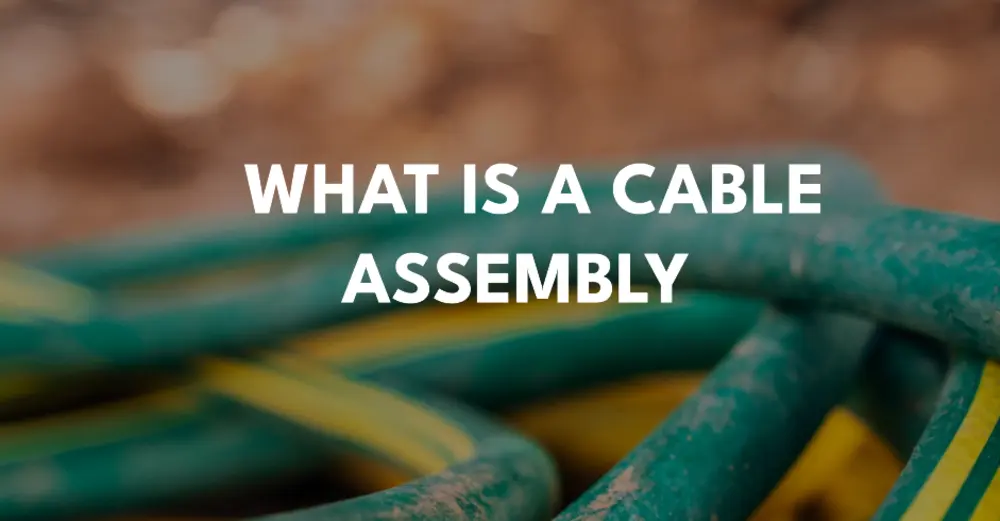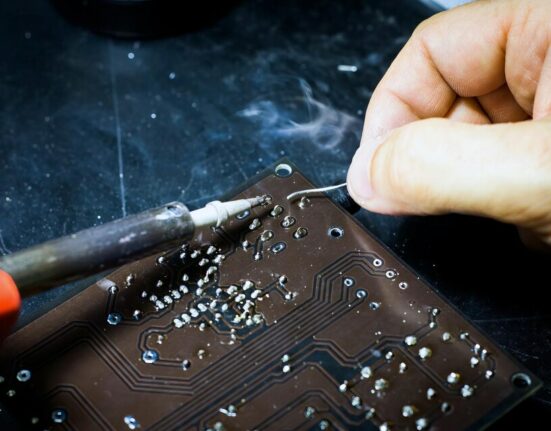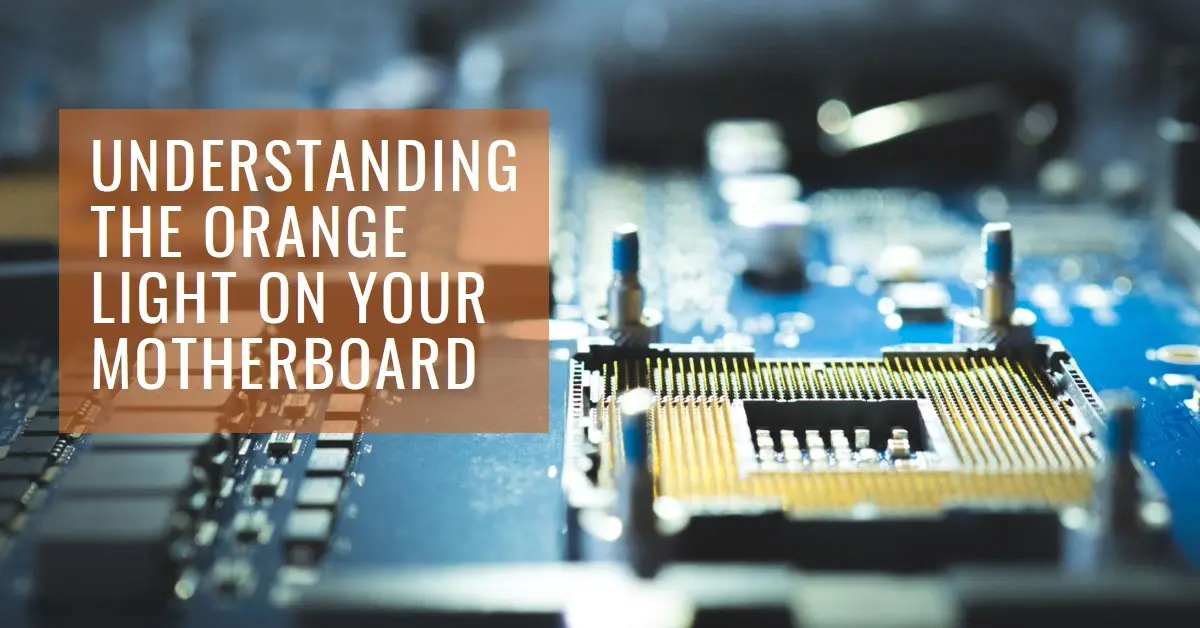In the intricate world of electronics, every component plays a pivotal role, and cable assemblies are no exception. Essential to numerous industries, they power, connect, and network the heart of technology. This blog post is dedicated to unveiling the intricacies of cable assemblies for electronics enthusiasts, engineering students, and tech hobbyists keen on enhancing their understanding of this vital subject.
Introduction
The unsung heroes in the shadows of technological functions—cable assemblies—ensure that power and information are transmitted seamlessly. They are crucial across an array of applications, from the smartphone in your pocket to aircraft soaring the skies.
Cable assemblies are integral not merely for their role in power transmission but also for their capacity to handle multiple signals and currents simultaneously, which is required for the sophisticated operations of today’s technology-driven industries. They provide the necessary organisation and protection against environmental hazards, electromagnetic interference, and physical strain, which can significantly disrupt the delicate electronic communications within a system.
Here is a list of industries that crucially depend on cable assemblies:
- Aerospace: For avionics, satellite communications, and complex onboard systems.
- Automotive: In vehicular control systems, infotainment, and electronic fuel injection systems.
- Medical: For diagnostic imaging, patient monitoring equipment, and life support devices.
- Telecommunications: Integral in network infrastructure, mobile communications, and data centres.
- Military and Defence: Utilised in secure communications, navigation systems, and electronic warfare.
- Industrial Automation: In machine control systems, robotics, and sensors for manufacturing processes.
- Consumer Electronics: Found within home entertainment systems, computing devices, and smart appliances.
What is a Cable Assembly?
A cable assembly is an ensemble of cables or wires, which transmit signals or electrical power. Often bound by straps, cable ties, sleeves, or a weave of extruded string, they are designed to keep electrical systems organised and can be tailor-made to fit specific requirements. At its core, a cable assembly typically consists of cables, connectors, and terminations that are fortified by a rugged sheath to withstand various environmental conditions.
Types of Cable Assemblies
Understanding the vast landscape of cable assemblies begins with recognising the distinct types:
- Power Cables: These carry electrical power, featuring connectors that mate with a corresponding component.
- Data Cables: Specialised to transmit data signals and maintain the integrity of the information passing through them.
- Audio Cables: Designed to deliver clear and quality sound by transmitting audio signals.
Applications of Cable Assemblies
Cable assemblies are ubiquitous in their use. They are integral to the automotive industry, medical devices, military equipment, consumer electronics, and more. In each case, their reliability and customisation are paramount for the application’s success.
In the realm of Military and Defence, cable assemblies are designed with the utmost precision to endure extreme conditions. They must resist a broad spectrum of environmental stresses, such as temperature fluctuations, moisture, chemical exposure, and mechanical wear. For example, in an aerial drone, a cable assembly is crucial to delivering power, signals, and data, facilitating critical tasks from navigation to reconnaissance.
In Industrial Automation, these assemblies underpin the efficiency and safety of systems. Automated manufacturing lines, for instance, rely on robust cable assemblies to seamlessly connect sensors and actuators, ensuring precise control and synchronisation of complex processes.
Within the sphere of Consumer Electronics, cable assemblies are the unsung heroes inside the sleek exteriors of modern devices including power cables and ethernet cables. They are the pathways that bring our devices to life, enabling our favourite gadgets to perform the vast array of functions we depend on daily, all while maintaining a user-friendly interface.
Across these applications, the demand for cable assemblies that provide reliable and high-performance operation is growing, reflecting the critical nature of these components in a wide array of technological realms.
Benefits of Using Cable Assemblies
When deployed correctly, cable assemblies offer noteworthy advantages:
- Improved reliability and performance: They are tested rigorously to ensure peak performance.
- Simplified installation and maintenance: Cable assemblies are designed for easy installation, reducing errors and downtime during maintenance.
- Enhanced safety and durability: With protection against environmental stresses, cable assemblies can have enhanced longevity.
Factors to Consider When Choosing Cable Assemblies
Selecting the right cable assembly involves pondering over:
- Cable type and specifications: Gauge, material, and flexibility of the cable need to suit the application.
- Environmental factors: Temperature, moisture, and exposure to chemicals can influence the choice of a cable assembly.
- Compliance and certifications: Ensure your selection meets industry standards and certifications.
Common Issues and Troubleshooting
Even with impeccable design, issues may arise:
- Cable damage and wear: Periodic inspections are key to identifying wear before it becomes problematic.
- Connectivity issues: Loose or dirty connections can compromise performance.
- Proper cable management: Proper organisation prevents tangles and minimises damage risk.
Cable Assembly vs Wire Harness
While often used interchangeably, cable assemblies and wire harnesses differ in complexity and ruggedness. Wire harnesses bundle cables more loosely and are designed for simpler, internal applications, whereas cable assemblies are suited for external use and offer greater protection.
Conclusion
Cable assemblies are a necessity in today’s electronic-oriented world. From powering devices to transmitting data, their role underpins the efficiency and functionality of today’s technologies.
Cable Assembly FAQs
What does a cable assembler do?
A cable assembler builds, tests, and repairs cable assemblies to meet specific requirements and standards.
What is the difference between cable harness and a cable assembly?
While both bundle wires, a cable harness is often less complex, with wires grouped together within a single sheath, mainly for internal use. A cable assembly is designed for external use with a higher level of protection against environmental factors.
How do you test a cable assembly?
Testing involves visual inspections, continuity tests, and performance checks under various environmental conditions to ensure it meets the required standards.
Incorporating these insights and guidelines into your workflow can help you make informed choices in your ventures or projects involving cable assemblies, ultimately leading to enhanced performance and reliability.






